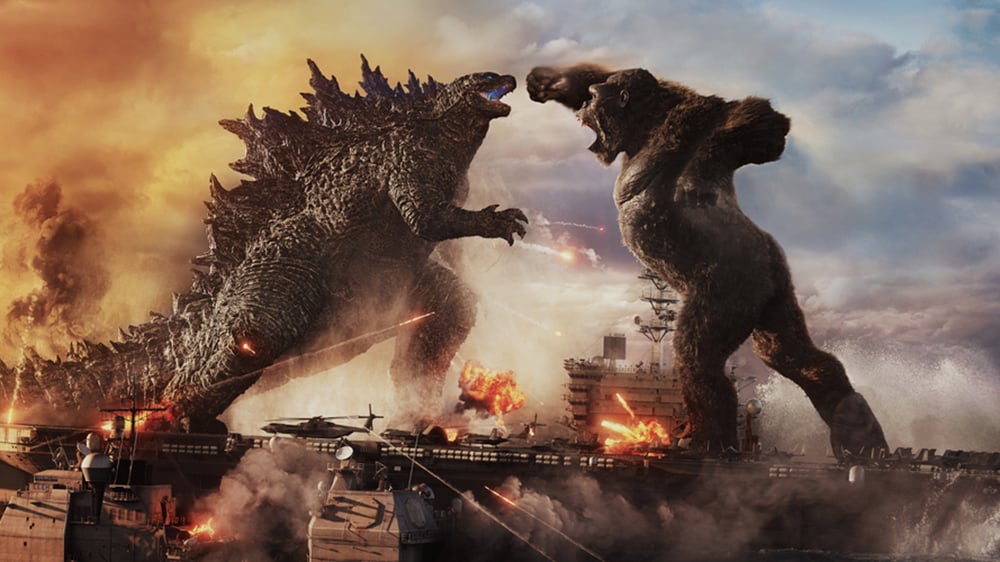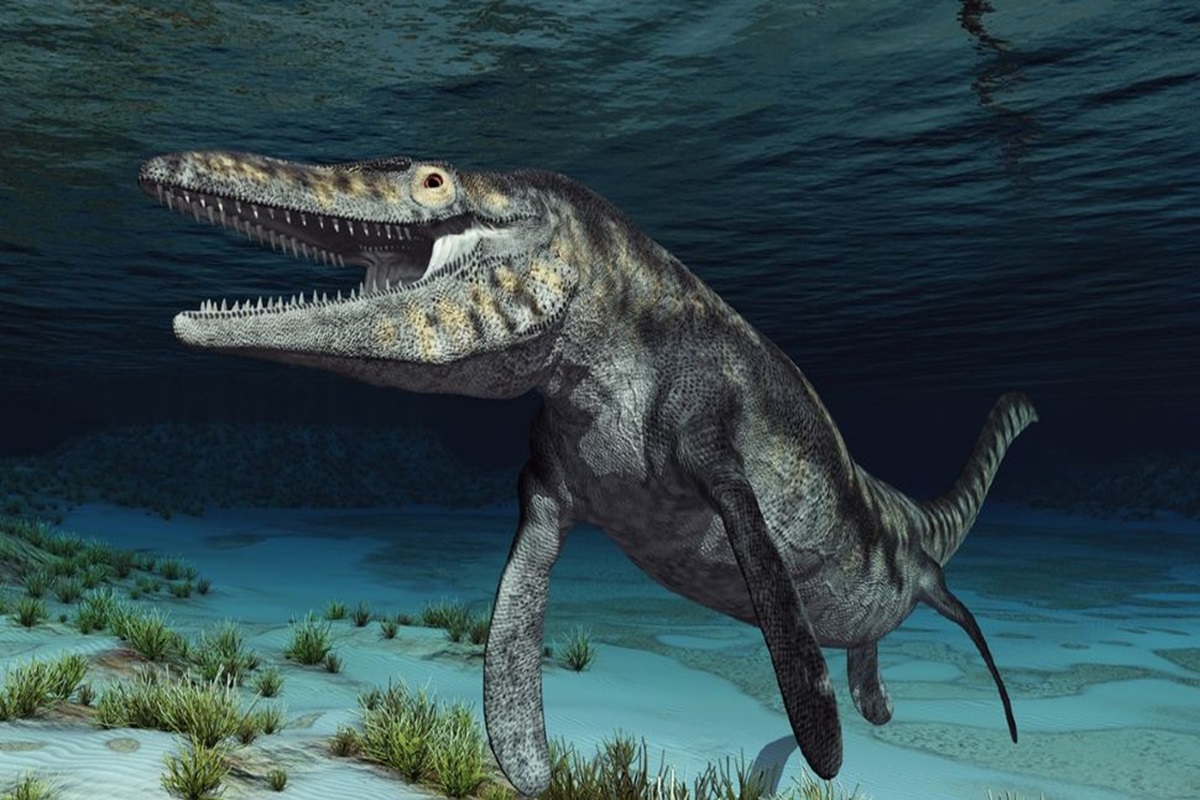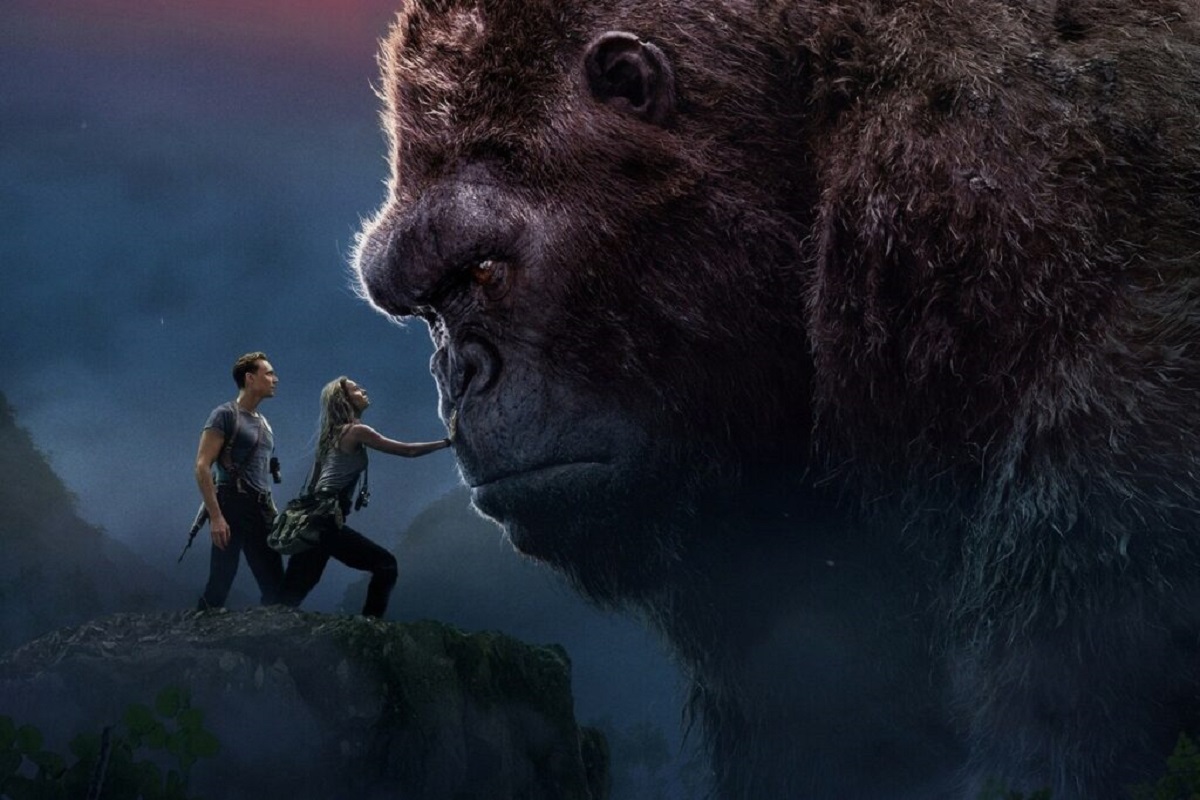Hollywood has a rich legacy of bringing these fantastical creatures to life on the big screen, offering viewers thrilling escapades into worlds where beasts reign supreme. Here are five must-watch films that have set the bar high in the electrifying genre of monster movies.

Godzilla
Godzilla isn’t just a film; it’s a cultural icon that introduced audiences to the concept of kaiju; it is a giant monsters wreaking havoc on civilization. This Japanese masterpiece birthed an entire genre and spawned numerous sequels, leaving an indelible mark on filmmakers worldwide. Its use of a colossal monster as a metaphor for nuclear devastation adds layers of depth, elevating it beyond a mere creature feature to a piece of cinematic history.
Jaws
Steven Spielberg’s Jaws revolutionized summer blockbusters and ignited a universal fear of the ocean. The tale of a monstrous great white shark terrorizing the fictional Amity Island is both suspenseful and character-driven, showcasing Spielberg’s storytelling prowess amidst chaos. By immersing viewers in the hunt for the shark, Jaws creates a palpable sense of tension, making audiences feel like both the pursuers and the pursued.
Alien
Ridley Scott’s Alien seamlessly blends science fiction with horror, introducing audiences to the terrifying Xenomorph; one of cinema’s most iconic monsters. Set aboard the claustrophobic Nostromo spaceship, the film is eerie atmosphere and H.R. Giger’s creature design craft an environment of unrelenting dread. Alien is a chilling tale of survival in space that has left an indelible mark on both the science fiction and horror genres, enduring as a cinematic classic.
The Host
Bong Joon-ho’s The Host offers a fresh take on the monster movie, blending family drama with classic creature feature elements. Set along the banks of Seoul’s Han River, the film features a terrifyingly realistic amphibious creature that serves as a source of horror and a vehicle for social commentary. The Host delivers suspenseful thrills while exploring thought-provoking themes, offering audiences a unique cinematic experience.
The Shape of Water
Guillermo del Toro’s The Shape of Water is a mesmerizing blend of romance and horror set against the backdrop of the Cold War era. This Oscar-winning film tells the unconventional love story between a mute cleaner and a captive amphibious creature in a government lab. Paying homage to classic monster movies while infusing it with del Toro’s distinctive vision, The Shape of Water offers a captivating journey filled with romance, horror, and profound storytelling.





